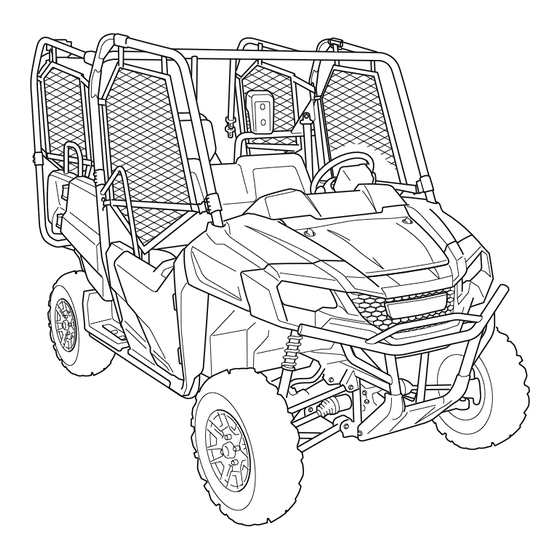
Table of Contents
Advertisement
Quick Links
Read this manual carefully, it contains important safety information.
Models sold in and used in California:
The removal or modification of evaporative emission-related parts
on this OHRV is illegal. Violators may be subject to civil and/or
criminal penalties as provided under California and federal law.
OW N E R'S
M A N UA L
2025 PIONEER 700
Minimum recommended operator age: 16
Mfg. #
Advertisement
Chapters
Table of Contents












Need help?
Do you have a question about the PIONEER 700 2025 and is the answer not in the manual?
Questions and answers